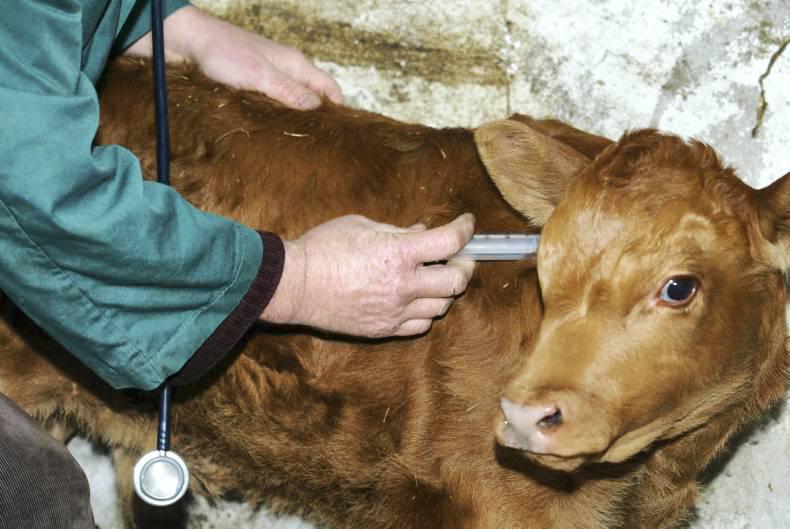In terms of animal health management, there are two trains of thought regarding health on farms. There are those who are proactive and take precautions around health on farms, and those who take a firefighting approach and only act when a severe problem arises.
The firefighting approach can often result in much higher cost and losses. The iceberg effect is often likened to disease outbreaks on farms, with the clinical signs which are treated only the tip of the iceberg in terms of the underlying problems.
Being proactive in your approach to animal health will often result in much reduced incidence of disease on farms and the lower likelihood of disease outbreaks.
The first step should be to create a herd health plan for the farm. Although this sounds like a big undertaking, it generally can be done in a few short pages.
When considering creating a herd health plan for the farm, it really must be done with your own vet. Vets are usually very open to this, as it is in the interest of all parties involved to reduce the risk of any health breakdowns on farms. He/she will have the knowledge required, and details about the herd health history of the farm, which are necessary to create the plan.
Creating a herd health plan
Identify performance
Records are key to any successful herd health plan. The first step should be to analyse the calving performance of your herd to show how close to or far off target the herd is.
Tables 1 and 2 are used in the BTAP herd health plan to identify the key targets of the herd. By filling in actual performance, the farmer can assess if the herd is not achieving targets or identify if there is an underlying reason for not being able to achieve targets.
Weight gains
For drystock farmers, one of the most critical areas to focus on is animal performance. Although there are several management factors that can influence daily liveweight gain on farms, it can also easily identify farms that are not achieving the targeted levels of gain. These can often be animals suffering from ill thrift due to an underlying or sub-clinical condition.
Where high numbers of animals are affected by this on the farm, it may point to a severe underlying problem that requires further examination or veterinary intervention to diagnose the problem.
Mortality
There are two critical times that mortality should be looked at on suckler and dairy farms – at birth and prior to 28 days of age.
As said earlier, it is crucial that good records are kept of any deaths on the farm. Where the cause of mortality is unknown on the farm and where the level of mortality is above 5%, it is important to take action and have a post-mortem carried out. This should be done through consultation with your veterinary practitioner and the local Regional Veterinary Laboratory (RVL).
Where animals die in the first 28 days, it is often the case that there will be signs of illness, or the ability to take samples for analysis prior to death which can be analysed.
Animal remedies history
In the back of the bluebook or herdbook, all animal remedies administered to cattle on the farm are listed.
In addition, the vet will also have a record of the animal remedies administered to each animal on the farm.
Combining this data with results from other diagnostic tests and a review of these details by the herd’s vet may be important for the diagnosis of underlying conditions that have not yet been identified.
With help from your local vet, Table 3 should be filled up also to identify what other diseases and deficiencies have been found on the farm.
This will be the backbone of creating a specific herd health plan for the farm.
Vaccination programme
Using the details gathered on the herd, the history of disease on the farm and whether the herd is closed or not, the farmer and the vet can create an appropriate vaccination programme, which should be designed for all stock on the farm, with appropriate first course and booster shots given.
Testing protocol
The plan should incorporate some form of animal testing protocol. When animals die and the cause is unknown, or when there are unexplained still births, the animal or foetus should be sent to the local RVL for post-mortem or testing.
This will help to identify the diseases present on the farm so that a suitable treatment or vaccination can result.
Follow the plan
Once the plan has been created, it should be visited on a regular basis, usually monthly, and updated where needed. The plan should detail vaccination, dosing and screening protocols for various cattle types on the farm, along with the timing for each treatment.






 This is a subscriber-only article
This is a subscriber-only article










SHARING OPTIONS: